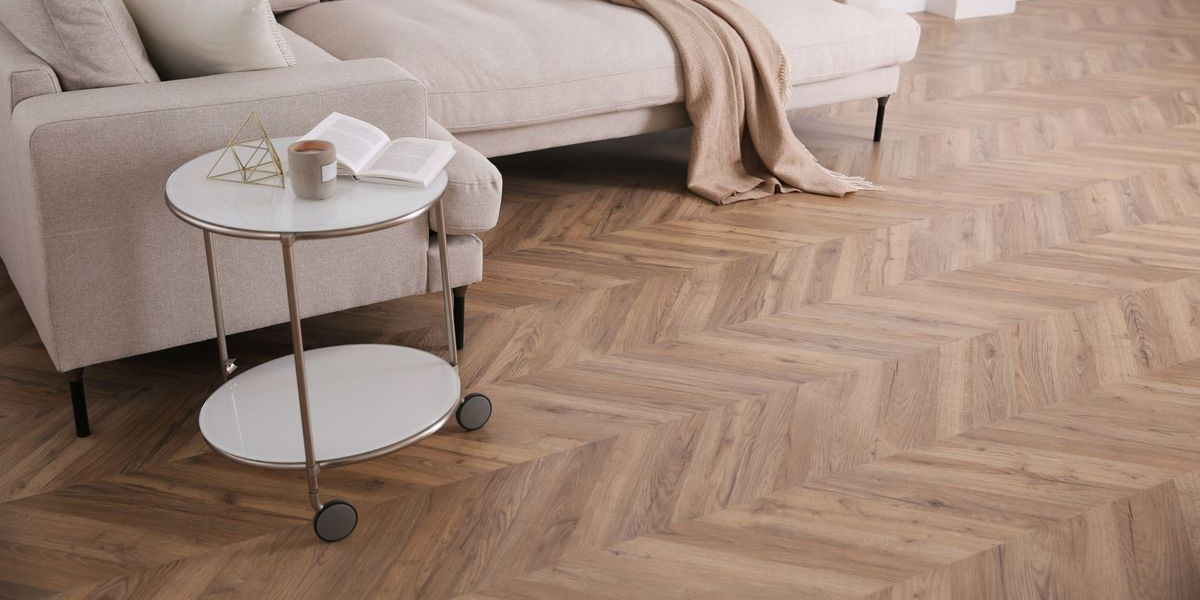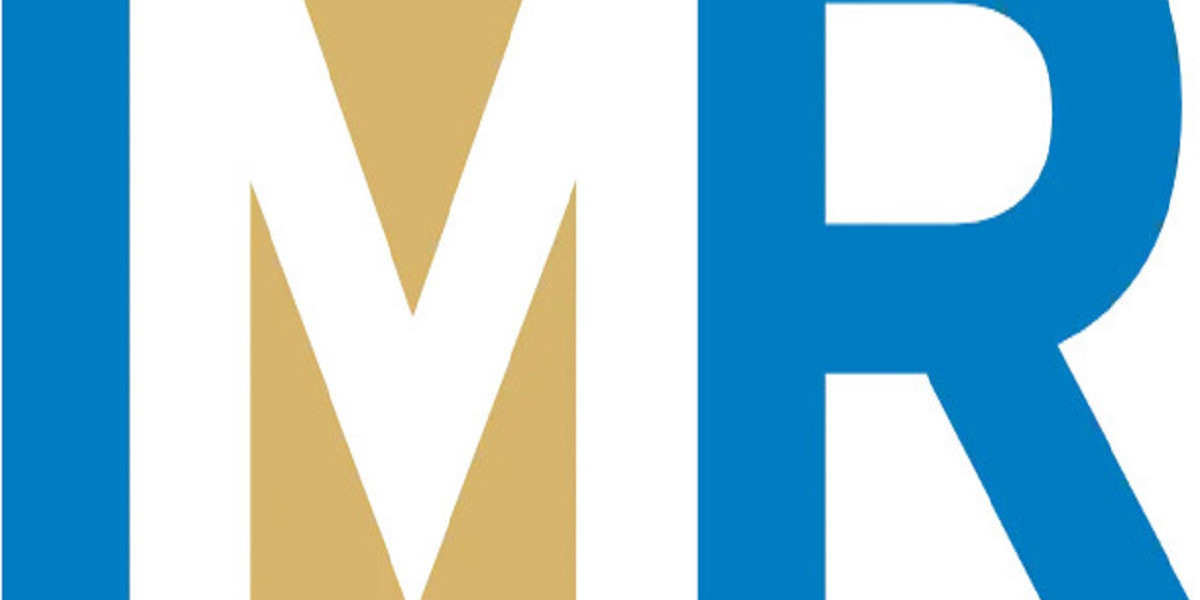The vinyl flooring materials market has undergone significant shifts over the past few years, driven by evolving consumer preferences, technological advancements, and environmental concerns. These shifts have transformed the market landscape, making vinyl flooring a more appealing option for both residential and commercial applications. In this article, we examine the key shifts in the vinyl flooring market and their implications for the industry.
1. Shift Toward Luxury Vinyl Tiles (LVT) and Planks (LVP)
One of the most notable shifts in the vinyl flooring market is the increasing demand for Luxury Vinyl Tiles (LVT) and Luxury Vinyl Planks (LVP). These products have gained popularity due to their ability to mimic the look and feel of natural materials such as wood, stone, and ceramic tiles, but at a fraction of the cost. LVT and LVP offer superior aesthetics, durability, and ease of maintenance compared to traditional vinyl sheet flooring. The growth in demand for these luxury vinyl products reflects a shift towards more design-oriented and aesthetically pleasing flooring solutions, particularly in residential and commercial spaces.
LVT and LVP products are available in a wide range of colors, textures, and finishes, offering a high degree of customization. The use of embossed-in-register (EIR) technology has further enhanced the realistic look of these materials, making them even more appealing to consumers.
2. Focus on Sustainability and Eco-Friendly Products
As environmental concerns become more prominent, there has been a significant shift toward sustainable and eco-friendly vinyl flooring options. Manufacturers are increasingly focusing on producing vinyl products that are free from phthalates, PVC, and other harmful chemicals. In addition, many companies are incorporating recycled materials into their products and ensuring that their flooring options are recyclable at the end of their life cycle.
Low-VOC (volatile organic compounds) vinyl products are also becoming more common, contributing to better indoor air quality. The shift toward more environmentally friendly vinyl flooring is in line with the broader trend of sustainability across various industries, particularly in response to growing consumer demand for green building materials.
3. Shift in Installation Methods: DIY-Friendly Solutions
Another shift in the vinyl flooring market is the increasing popularity of DIY-friendly installation methods. Traditional vinyl flooring required professional installation, but recent innovations in click-lock installation systems have made it easier for homeowners to install vinyl floors themselves. These systems eliminate the need for adhesives, nails, or glue, which not only reduces installation time but also cuts down on labor costs.
DIY-friendly installation options have made vinyl flooring more accessible to a wider range of consumers, especially those looking to remodel or update their homes without professional help. This shift is also contributing to the growth of the vinyl flooring market, as more homeowners are opting for vinyl due to the simplicity of installation.
4. Demand for Resilient and Waterproof Flooring
Another key shift in the vinyl flooring market is the growing demand for resilient and waterproof flooring options. Vinyl's inherent resistance to moisture and humidity makes it an ideal choice for high-moisture areas such as kitchens, bathrooms, and basements. The rise of rigid core vinyl flooring, including Stone Plastic Composite (SPC) and Wood Plastic Composite (WPC), has further fueled this shift. These products are designed to be even more durable and stable than traditional vinyl, offering increased protection against moisture, impact, and wear.
With the growing popularity of open-concept homes and the need for seamless, waterproof flooring solutions across entire living spaces, the demand for resilient vinyl options has significantly increased. Waterproof and highly durable vinyl flooring is now seen as an ideal solution for both residential and commercial sectors.
5. Shift in Consumer Preferences: Style Over Traditional Choices
Historically, vinyl flooring was seen as a budget-friendly but less stylish option compared to natural materials like hardwood or stone. However, recent shifts in consumer preferences show that style is no longer being sacrificed for affordability. Luxury vinyl has bridged this gap, offering the aesthetic appeal of expensive materials at a fraction of the cost. As vinyl products continue to improve in appearance and performance, more consumers are choosing them for their homes and businesses.
The trend toward more aesthetically appealing, high-end vinyl products has made vinyl flooring a competitive choice against more traditional options, enabling it to gain ground in market segments that were once dominated by higher-priced materials.
Conclusion
The vinyl flooring materials market has experienced significant shifts, largely driven by advancements in product design, sustainability, installation technology, and changing consumer preferences. As vinyl flooring continues to evolve, it is expected to maintain its position as a leading choice for both residential and commercial spaces. The shift towards luxury vinyl, eco-friendly materials, and DIY installation solutions reflects the market's ability to adapt to new consumer demands and environmental challenges. These shifts, combined with vinyl's inherent durability and cost-effectiveness, ensure that it remains a strong contender in the flooring industry for years to come.








